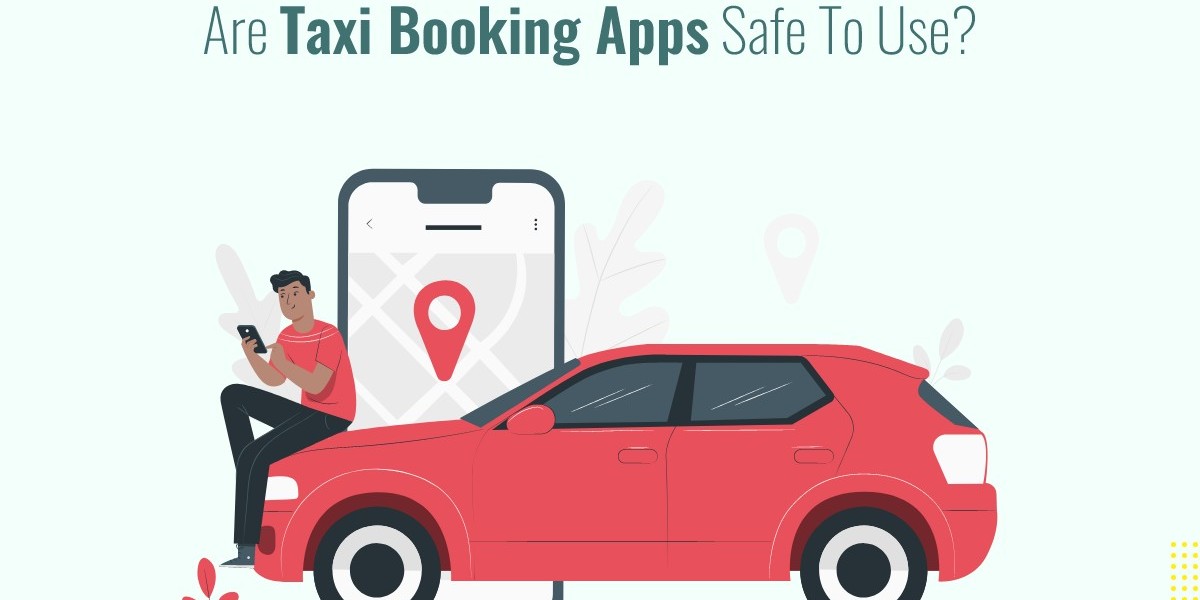In the era of digital convenience, taxi booking apps have transformed the way we commute, providing easy access to transportation at the touch of a button. However, with this convenience comes the question of safety. Are taxi booking apps safe to use? To answer this, we need to consider several factors, including the measures these apps take to protect passengers, the reliability of drivers, and the overall user experience. Here's a detailed look at the safety aspects of taxi booking apps.
1. Driver Screening and Background Checks
One of the primary safety features of taxi booking apps is the rigorous screening process for drivers. Companies like Uber, Lyft, and Bolt conduct comprehensive background checks on their drivers before allowing them to join the platform. These checks typically include criminal record checks, driving history reviews, and sometimes even in-person interviews. This ensures that only qualified and trustworthy individuals are approved to provide rides.
2. Real-Time Tracking and GPS Monitoring
Real-time tracking is a significant safety feature offered by most taxi booking apps. When you book a ride, you can track your driver’s location in real-time and see their estimated time of arrival. During the ride, you can monitor the route being taken to ensure it aligns with your destination. This feature not only provides peace of mind but also allows friends or family members to track your journey, adding an extra layer of security.
3. Driver and Vehicle Information
Before your ride arrives, taxi apps provide detailed information about the driver and the vehicle. You’ll typically receive the driver’s name, photo, vehicle make and model, and license plate number. This information allows you to verify the driver and vehicle before getting in, ensuring you are riding with the correct person.
4. In-App Safety Features
Many taxi booking apps have integrated in-app safety features designed to protect passengers. For instance, apps like Uber and Lyft have an emergency assistance button that connects you directly to emergency services if needed. Additionally, some apps allow you to share your trip details with trusted contacts, who can then monitor your journey in real-time.
5. Driver Ratings and Reviews
Driver ratings and reviews are another essential safety mechanism. After each ride, passengers can rate their driver and provide feedback based on their experience. This system encourages drivers to maintain high standards of service and behavior. Poorly rated drivers may face penalties or even removal from the platform, ensuring that only reliable and courteous drivers remain active.
6. Insurance Coverage
Taxi booking apps usually provide insurance coverage for both drivers and passengers during the ride. This coverage often includes liability insurance and protection against accidents, offering financial security in case of unforeseen incidents. It’s important to familiarize yourself with the specific insurance policies of the app you are using to understand the extent of the coverage.
7. COVID-19 Safety Measures
In response to the COVID-19 pandemic, many taxi booking apps have implemented additional safety measures to protect both passengers and drivers. These measures may include mandatory mask policies, regular vehicle sanitization, and health screenings for drivers. Passengers are often encouraged to sit in the back seat to maintain physical distance and reduce the risk of transmission.
8. Secure Payment Systems
Taxi booking apps use secure payment systems to protect your financial information. Payments are processed electronically through encrypted methods, reducing the risk of fraud or theft. Additionally, the elimination of cash transactions further enhances safety by minimizing the need for physical exchanges between drivers and passengers.
9. Community Guidelines and Support
Taxi booking apps have established community guidelines to ensure respectful and safe interactions between passengers and drivers. Violations of these guidelines can result in penalties, suspensions, or permanent bans from the platform. Furthermore, most apps offer robust customer support services to address any safety concerns or incidents that may arise.
Conclusion
Overall, taxi booking apps have implemented a variety of safety features to protect passengers and provide a secure travel experience. From rigorous driver screening and real-time tracking to in-app safety tools and secure payment systems, these apps are designed with passenger safety in mind. While no system is entirely foolproof, the comprehensive safety measures employed by taxi booking apps make them a reliable and secure option for modern-day commuting. By staying informed about the safety features of your chosen app and exercising common sense precautions, you can enjoy the convenience of taxi booking apps with confidence.








